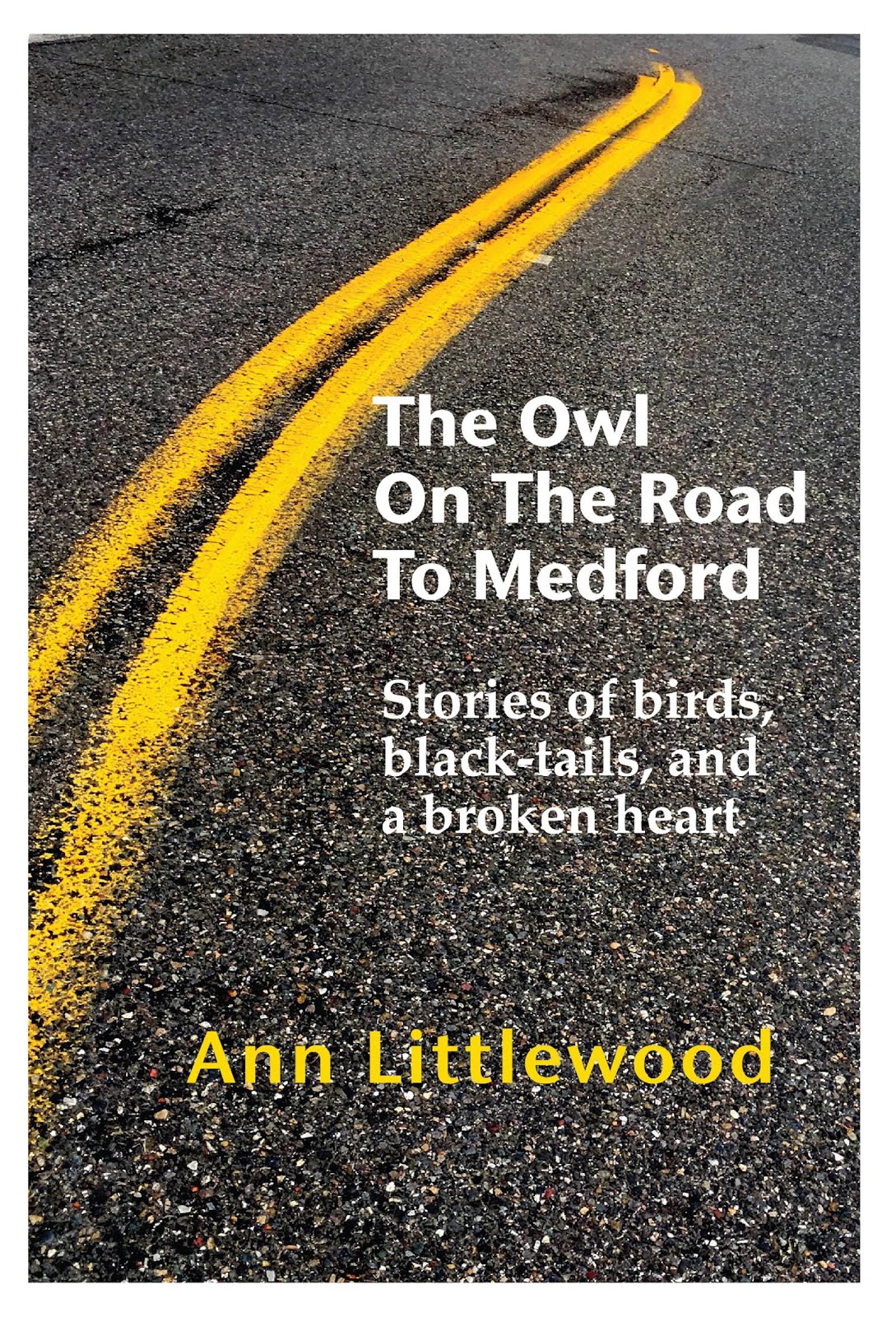Stanford is a professor of anthropology and biological sciences. While his previous publications are mostly in primatology, he has written a swell book on tortoises. Not interested in reptiles? Think again. Stanford's engaging prose and passion for his subjects will pull you in, and his perspective rises well above the ground where tortoises plod.
The Last Tortoise describes the taxon and the species, then the challenges facing it, closing with conservation opportunities. Here's a few things I learned:
* Tortoises run on relatively small quantities of low-grade fuel. Therefore, grasslands can support incredible population densities compared to grazing mammals. I never imagined fields full of giant tortoises.
* New word: Brumate--approximately the reptile equivalent of hibernation, in which body processes slow down and therefore require less nutrient intake.
* Female tortoises can store sperm for up to several years. Gender of the offspring is determined primarily by incubation temperature, with perhaps some chromosomal contribution.
* As China becomes less poor, it is driving the demand for wildlife products. The Chinese eat vast numbers of turtles, some of which are farm raised in ponds. They also eat the far less fecund terrestrial tortoises, which are wild caught. (Note: Here in the US, we did a pretty good job of driving diamondback terrapins toward extinction in the 1800s for the US and European gourmet markets.)
* As a tortoise species dwindles, its price goes up, driving more collecting from the wild.
* US tortoises are not doing much better than African or Asian tortoises. The desert tortoise and gopher tortoise suffer from many human-caused ails, including the usual culprit of "development."
Stanford is a passionate advocate for his subjects, and he pulls no punches about the trend in tortoise numbers, from his title onward. Human predation will eliminate most species from their ecosystems and very soon at that. If they survive, it will be as little groups in captivity.
Stanford recommends a variety of locally-tailored conservation strategies, such as training locals to breed and release tortoises in protected habitat, reserves on isolated islands, and working with pet owners to provide hatchlings for release. Some of these ideas are radical and require careful analysis and cautious experimentation, for example, using Galapagos and Aldabra tortoises to replace extinct giant tortoise species.
I bought my copy through HerpDigest, a newsletter devoted to reptile and amphibian conservation. It's easy if you use PayPal. Just use the "send money" function for $30 to this account: asalzberg@herpdigest.org Be sure to include your address in the note. If you don't use PayPal, send an email to that address for more payment options.
Here's another review, by David S. Lee of the Tortoise Reserve that adds additional information about conservation.

I'd get along just fine if you folks would leave me alone.












